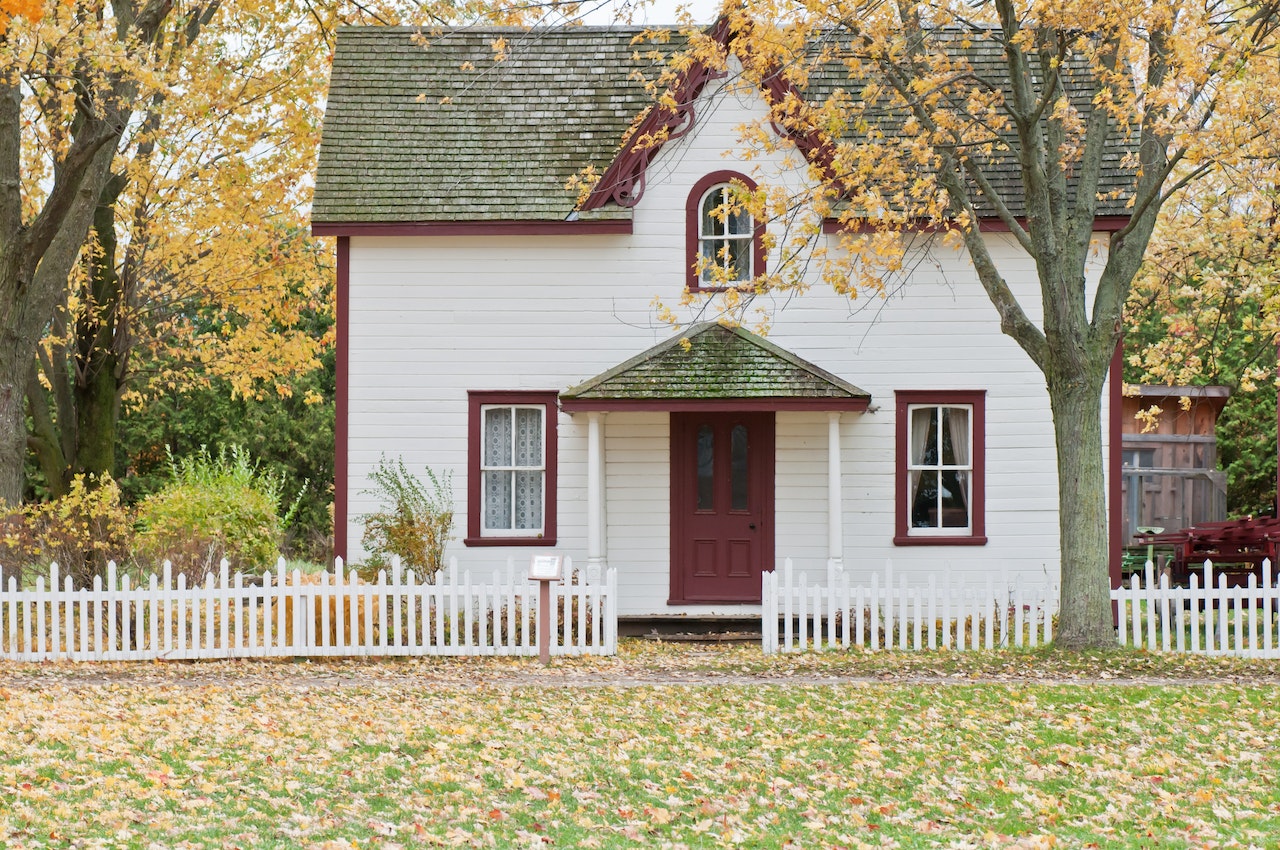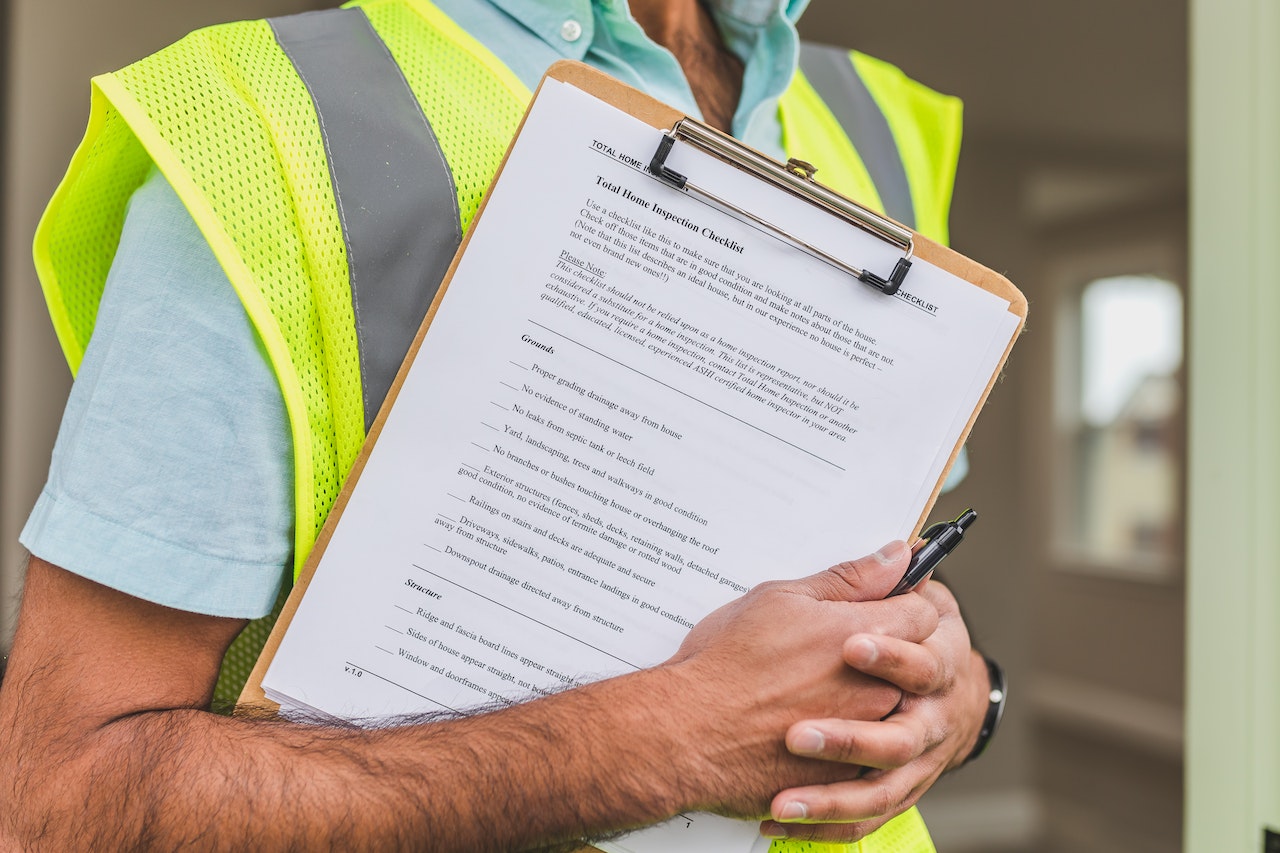A Comprehensive Guide to Inspecting Older Homes Before Relocating

Relocating to a new place can be an exciting but challenging endeavor. When considering a move, many individuals and families are drawn to older homes brimming with character and history. However, purchasing an older home requires careful consideration, especially when it comes to inspecting the property. Follow some steps for inspecting older homes before relocating, ensuring a smooth transition into your new abode.
Researching the Neighborhood
Before starting the inspection process, you must conduct thorough research on the neighborhood where the older home is located. Explore the area's history, safety, schools, amenities, and future development plans. Ensure that the neighborhood aligns with your lifestyle and preferences.
Likewise, consider talking to local residents and neighbors to gain insights into the community's atmosphere and any potential challenges you might encounter. Understanding the neighborhood's unique character can help you decide whether it's the right place for you and your family.
Evaluating the Exterior
The exterior of an older home can reveal a great deal about its condition. Start by inspecting the foundation, siding, and roof. Look for signs of cracking, rot, or any other structural issues. Pay close attention to the condition of the windows, doors, and gutters. Any signs of neglect or damage may require significant repairs.
Assess the overall curb appeal of the property. Is the landscaping well-maintained, or does it require significant attention? An attractive exterior enhances the home's aesthetics and indicates that the owners have taken good care of the property, potentially extending to the interior as well.

Examining the Plumbing
Older homes often have plumbing systems that may not meet modern standards. Inspect the pipes for corrosion and leaks. Check the water pressure and drainage throughout the house. Replacing or updating plumbing in an older home can be costly, so it's key to understand the condition of these systems.
When inspecting older homes before relocating, consider the placement of plumbing fixtures such as sinks, toilets, and showers. In older homes, these fixtures may not be as conveniently located as in newer houses. Evaluate whether you can live with the current layout or if it requires modifications to better suit your preferences and needs.
Electrical Systems Inspection
Check the wiring, outlets, and circuit breaker box for any issues. Older homes may have outdated electrical systems that need upgrading to meet current safety standards.
HVAC and Insulation
Efficient heating, ventilation, and insulation are important for comfortable living. Assess the condition of the HVAC system and insulation. Older homes may lack modern insulation materials, potentially leading to energy inefficiency. Upgrading these systems can be both costly and time-consuming.
Inadequate insulation affects your comfort and can result in higher energy bills. The older insulation materials used in these homes may not provide the same level of thermal efficiency as modern options. This can lead to drafty rooms and inconsistent temperatures throughout the house, making it essential to consider insulation upgrades as part of your renovation plan. Proper insulation ensures that your home remains comfortable year-round and can even lead to long-term cost savings on your energy bills.
Mold and Pest Inspection
Older homes are more susceptible to mold and pest infestations. Inspect for any signs of mold or mildew, which can pose health risks and require costly remediation. Additionally, check for evidence of pests, such as termites or rodents, which can cause extensive damage to the structure.
Pest infestations can jeopardize the structural integrity of the home and your overall well-being. Termites, in particular, can silently undermine the wooden components of your older home. They're often hard to detect until the damage is extensive, making thorough inspections extremely important. Beyond structural damage, mold and pests can negatively impact indoor air quality, potentially leading to health problems for you and your family.

Finding out about this issue after moving in will inevitably lead to finding temporary storage for all your belongings, as they will be unsafe there—warns Golans Moving and Storage Chicago. They have relocated several families only to have them temporarily move out shortly after for their own safety. So, addressing these issues promptly is crucial for a safe and healthy living environment.
Roof and Attic Examination
The roof is a critical component of an older home. Inspect it for any missing or damaged shingles, as well as signs of water damage. Be sure to examine the attic for proper ventilation and insulation. Roof repairs or replacements can be expensive, so understanding the condition should be a priority.
Foundation and Structural Integrity
The foundation of an older home is a fundamental element. When inspecting older homes before relocating, check for cracks, settling, or any other structural issues. Any problems with the foundation can result in significant repair costs and impact the overall stability of the house.
Historic Preservation Considerations
If you're considering an older home with historical significance, you may face certain restrictions on renovations and changes. Research local preservation laws and regulations before making a purchase. This will ensure you're aware of any limitations on modifications to the property.
Professional Inspection
While conducting a preliminary inspection on your own is valuable, hiring a professional home inspector is a must. These experts can uncover hidden issues that may not be immediately apparent. They will provide a detailed report, helping you make an informed decision about the property.

Budgeting for Repairs and Renovations
After completing a thorough inspection, you'll have a better understanding of the repairs and renovations required. Create a budget that accounts for these expenses to avoid financial surprises once you've relocated and started living in your older home.
Negotiating with the Seller
Armed with the inspection report, you can negotiate with the seller for any necessary repairs or price adjustments. This step can be critical in ensuring you're not burdened with the full cost of fixing issues in the older home.
Moving to Your New Old Home
After completing all the necessary inspections and renovations, the day finally arrives when you can move into your newly purchased older home. The excitement of turning the key and stepping into a property you've worked hard to make safe and comfortable is an awesome moment. Whether you're moving from Chicago to New York or just across town, you can now enjoy the character and history of your older home while knowing that you've taken every step to ensure its long-term well-being. If your dream home is, indeed, in New York, with it being secured and with the help of professionals, you can reach NYC with ease and finally relax.
Follow Our Guide to Inspecting Older Homes Before Relocating
Inspecting older homes before relocating is a meticulous process, but it's a crucial one. You can make an informed decision by thoroughly evaluating the property's condition and understanding the potential costs and challenges. Remember that the character and history of an older home come with unique charm, but they also require careful attention and care to ensure a comfortable and safe living environment. Always consult with professionals, budget for potential repairs, and negotiate effectively to ensure your new home is a place of comfort and security.
https://www.pexels.com/photo/gray-concrete-house-surrounded-by-trees-567186/
https://www.pexels.com/photo/white-and-red-wooden-house-with-fence-1029599/
https://unsplash.com/photos/the-ceiling-of-a-run-down-room-with-peeling-paint-aRUdvi4lFC4